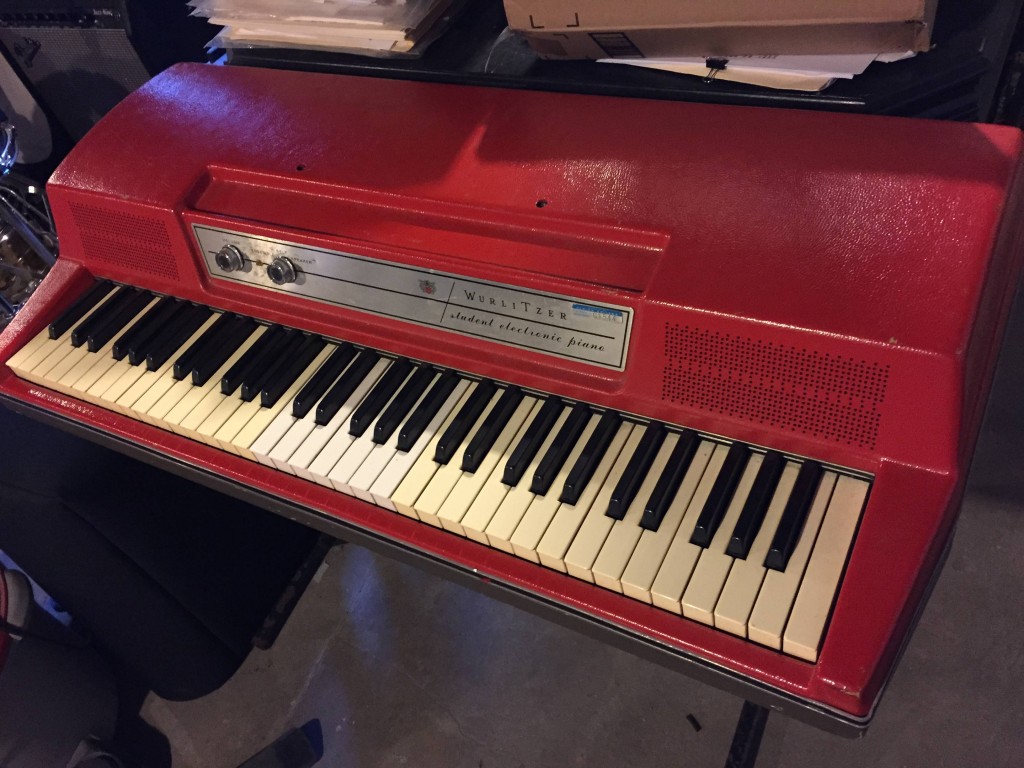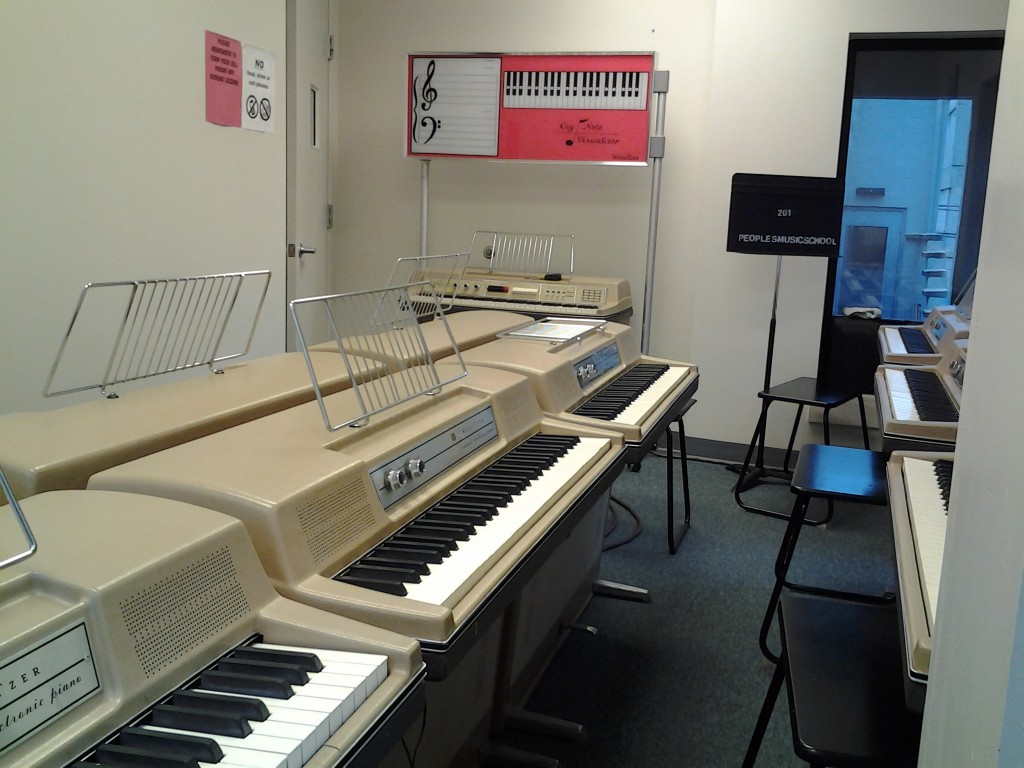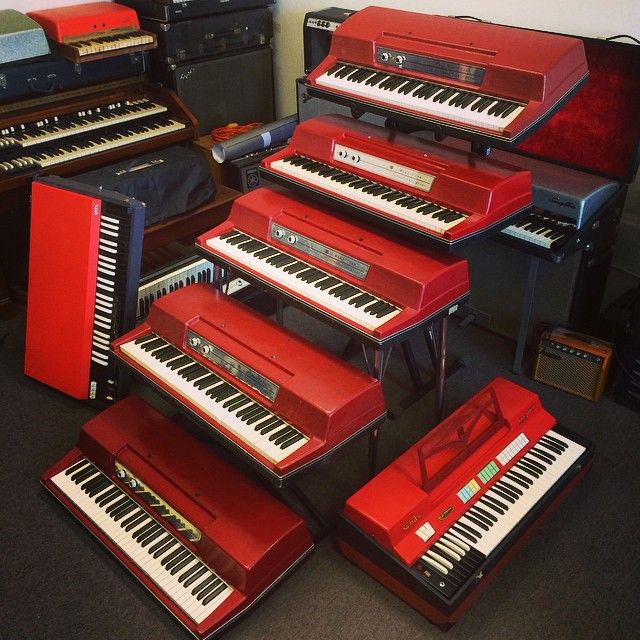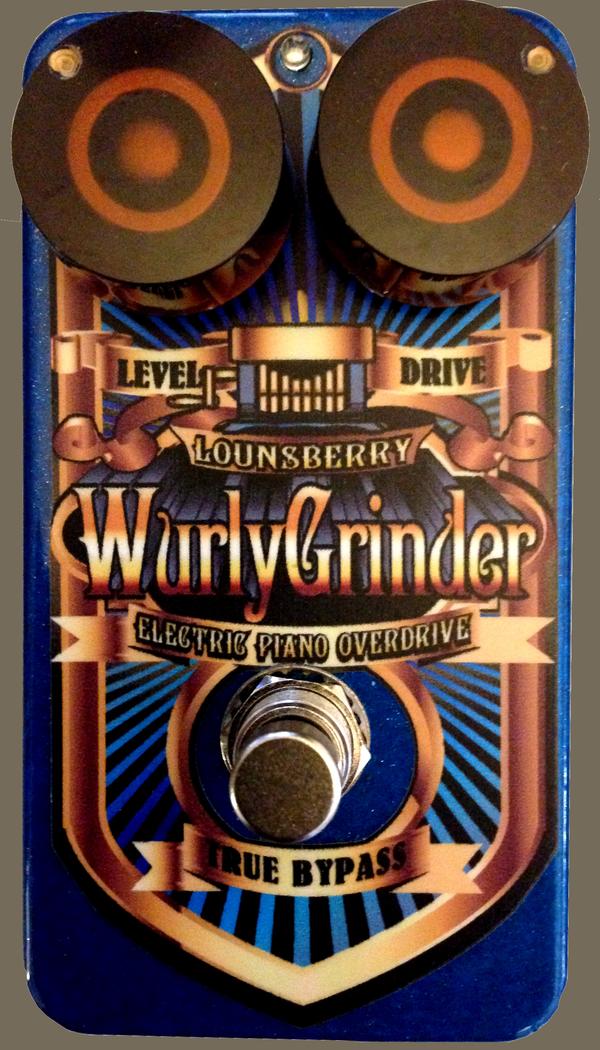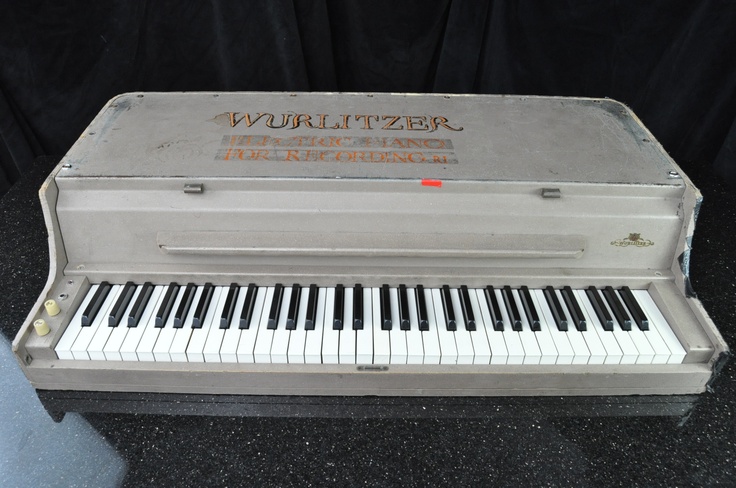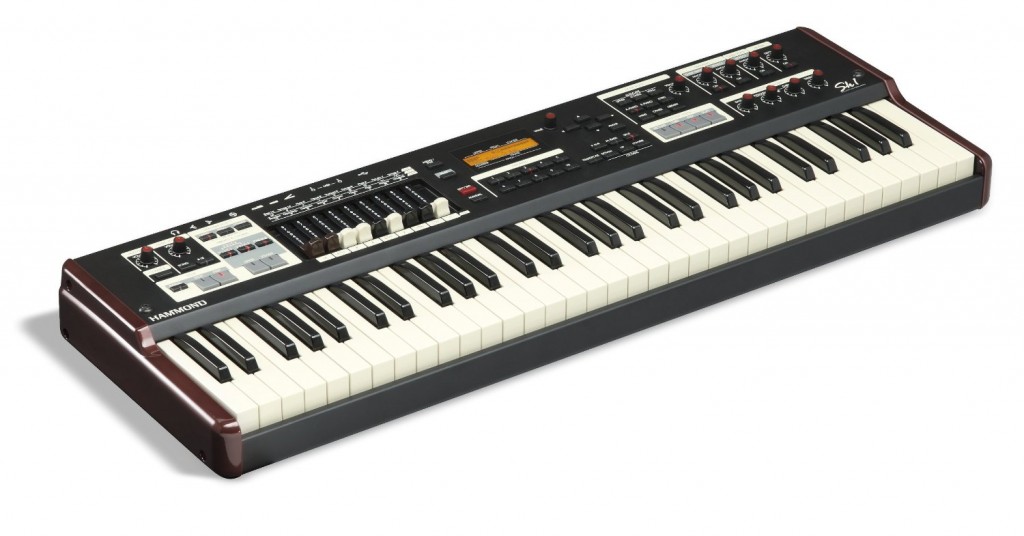As a child growing up in the 80s, I was unfamiliar with the sound of the Wurlitzer electric piano until my late teens. Radio at the time was inundated with the now maligned DX7 electric piano sound. I knew how a Rhodes sounded because my dad had one of the space-age looking green student models for awhile. But I really didn’t know what a Wurlitzer electric piano was nor did I know what it sounded like until I dug into the early Ray Charles catalog as a 17 year old. It just so happened that the Wurlitzer began making a bit of a comeback about that same time thanks to Beck’s song Loser and Sheryl Crow’s All I Wanna Do topping the charts. Over the next few years, the Wurlitzer started popping up everywhere. Now it’s fairly common in all kinds of music.
I was gifted my first Wurlitzer, a student model 206A, from a friend who lifted it from his college. Colleges across the country used Wurlitzer student models as teaching tools in music labs. Up to 48 pianos could be linked together, each student able to hear him/herself via headphones. The teacher had the ability to listen to each student via a master console. Bill Fuller, a former Wurlitzer employee, was quoted as saying that up to 75% of American universities had Wurlitzer piano labs in the late 60s and early 70s. And in the mid 1990s, those universities started getting rid of them.
My friend’s college was no exception. After asking his piano professor to buy one of the many recently decommissioned 206A’s just cluttering up an alcove at the performance chapel on campus, one night he and his roommates decided to snag one and hauled it back to their dorm across campus. Just a week later, the rest were hauled away in a dump truck.
He gifted the Wurli to me. I removed the base, painted it red, and gigged with it for years. I used it on numerous recordings and even added tremolo to it. I very recently sold it because I have another student model in original condition. It served me very well.
The modern ubiquity of the Wurlitzer electric piano sound means that a lot of digital keyboards and synthesizers include their own take on it. But what many of them lack is that preamp grunge of the real thing. When I toured with Janiva Magness, I used a Yamaha Motif ES rack for my Wurlitzer sound for many years. I tried a lot of different pedals for it, trying to add some funk and grunge, but nothing really satisfied me. I couldn’t find anything specifically for keyboards.
That’s where the Wurly Grinder from Lounsberry Pedals comes in. It is designed for the full frequency range of keyboards and can be used to fatten up a real Wurlitzer or Rhodes. But it really shines adding life and character to electric piano emulations, like those found in so many modern keyboards.
Based on the same topography as the Organ Grinder (see my review here), the Wurly Grinder is has more gain, which allows you to use it with passive instruments like Rhodes stage pianos, and according to Greg Lounsberry the low end response is slightly modified to augment the specific frequency range and tonal characteristics of electric pianos.
Like the Organ Grinder, the Wurly Grinder is a standard sized pedal with ¼” input and output jacks on the back (a sure sign this was designed with keyboardists in mind) and a 9volt DC adapter connector on the left side. It is housed in a beautiful powder-coated royal blue sparkle chassis with two Gold Speed knobs, one for LEVEL and the other DRIVE. The front panel graphics are designed by steampunk artist Mark Hershberger and look really cool. A blue LED between the knobs lets you know when the pedal is active and like all Lounsberry pedals it features true bypass. The pedal is nice to look at, well-crafted, and really solid.
The Wurly Grinder was designed to impart a tube-like quality to any Wurlitzer emulation as well as make a solid state 200 series Wurli sound like an old 100 series tube Wurli. Want your clean Suitcase Rhodes to sound like a barky Stage model? It can do that, too. Hand matched FET transistors and germanium diodes do the work and the circuit inside is smartly organized and very cleanly wired.
The sound is very much like the Organ Grinder but with a more defined edge. You can play intervals other than fifths and still get good definition. The low-end seems a bit tighter to me, more focused, which is good for electric piano as they can be a bit muddy down there. It can go from a gentle fuzz to full on distortion but the range is controlled and very useable.
It helps the most on the Wurlitzer sounds in my Hammond SK1, adding life and color to the stock patch and smoothing out the inherent harshness in the samples. It sounds really great on my custom Wurli Cruzr patch on the Privia PX5s as well. Tweaking the amp simulations within the PX5s get me close, but I feel like the Wurly Grinder adds that next level of realism to the sound. I think any sampled or modeled emulation of a Wurlitzer or Rhodes would benefit from a bit of Wurly Grinder.
If you have the Organ Grinder already, do you need the Wurly Grinder? Well, if you’re going to use a passive instrument like a Rhodes Stage, then definitely. If you want a bit more definition from your EP samples, then certainly. Or if you’re like me you just like pedals and the cool things they can do, then why not? I’ve read that a lot of people also like the Wurly Grinder on guitar. Try one today and see if it adds that extra something to your electric piano sounds. Or try it on a virtual analog synth to add some girth and fat to the tone. It’s a very versatile pedal. I’m certainly keeping mine.
Thanks for reading and you can hear the Wurly Grinder in action by watching the video below.

